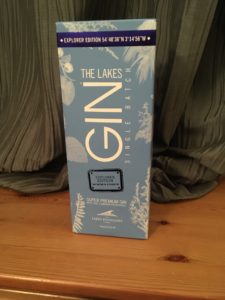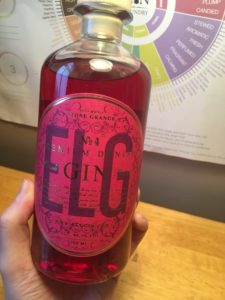Note: I contacted British Polo gin and they kindly send me some samples, and a copy of the British Polo magazine, to try. As always, this won’t stop me being honest about what I taste!
 British Polo gin is apparently the polo players’ choice of gin…and so therefore I’m going to give it a go. To be fair, I grew up in the countryside and we had a horse growing up, so I’m basically qualified to make this judgement. Founded by polo player Richard Hine, British Polo gin is 100% organic using 100% organic botanicals and base spirit (distilled from sugar beet which also makes it gluten free) which is then quadruple distilled for smoothness before being diluted with natural spring water from the land around their distillery. They make their gin in batches of just 150 bottles which contain 14 botanicals ranging from elderflower to vanilla and cinnamon. They have also launched a sloe gin distilled with British berries with additions of winter spices cinnamon, nutmeg and cloves which already has me dreaming of cosy jumpers and roaring fires.
British Polo gin is apparently the polo players’ choice of gin…and so therefore I’m going to give it a go. To be fair, I grew up in the countryside and we had a horse growing up, so I’m basically qualified to make this judgement. Founded by polo player Richard Hine, British Polo gin is 100% organic using 100% organic botanicals and base spirit (distilled from sugar beet which also makes it gluten free) which is then quadruple distilled for smoothness before being diluted with natural spring water from the land around their distillery. They make their gin in batches of just 150 bottles which contain 14 botanicals ranging from elderflower to vanilla and cinnamon. They have also launched a sloe gin distilled with British berries with additions of winter spices cinnamon, nutmeg and cloves which already has me dreaming of cosy jumpers and roaring fires.








